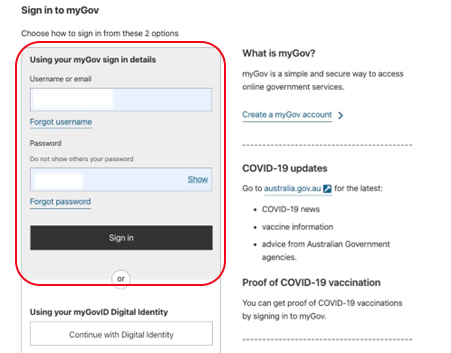A panic attack can be overwhelming and terrifying. The racing heart, shortness of breath, and a whirlwind of thoughts can leave you feeling helpless. If you experience panic attacks, remember that you’re not alone and with the right coping strategies, you can find relief.
Learn how meditation can help with panic attacks, and how grounding mindfulness techniques can calm panic attacks in the moment.
How Meditation Can Help Prevent Panic Attacks
Studies have shown how beneficial meditation can be when managing stress and anxiety, which are the main drivers of panic attacks. This was true even after only one meditation session. Meditation has also been shown to reduce the frequency and severity of panic attacks.
With time and practice, you can train your mind to acknowledge these feelings without being overwhelmed.
How Mindfulness Can Help With Panic Attacks
Mindfulness is the practice of staying present and fully experiencing the moment, free from judgement. It’s a comprehensive approach to managing your emotions and learning how to cope better with stress, anxiety, and panic attacks.
Each time you practise mindfulness during challenging moments, you strengthen your mental muscles. And the more you train, the better you can handle future panic attacks or any other stressful moment.
5 Tools To Help You Calm Down During A Panic Attack
If you’re in the middle of a panic or anxiety attack, you might find Emergency Calm: how to calm down in 2 minutes valuable.
When you’re in the thick of a panic attack, being super aware of everything could make you feel even more panicked. During a time like this, controlled breathing or other mindfulness practices might be a better fit for you in that intense moment.
Here are some mindful techniques to try:

1. Focus on your breath with breathing exercises
Deep, measured breathing can be one of the most effective ways to regain composure during a panic attack. Techniques like the 4-7-8 breathing method, where you inhale for 4 seconds, hold the breath for 7 seconds, and exhale for 8 seconds, can help reset your nervous system. If you’re looking for other ways to calm your nervous system with breath work, try to Reset With the Breath.
2. Ground the body and mind with grounding techniques
In the middle of a panic attack, grounding yourself can divert your focus from your racing thoughts and any physical sensations you’re experiencing. A popular method is the 5-4-3-2-1 technique, which makes you identify 5 things you can see, 4 you can touch, 3 you can hear, 2 you can smell, and 1 you can taste.
Other grounding techniques include the 3 3 3 technique where you name three things you see, three sounds you hear, and move three parts of your body.
Similar is the 5 5 5 rule where you breathe in deeply for 5 seconds, hold your breath for 5 seconds, and breathe out for 5 seconds. Then, identify five things you can see, five sounds you hear, and five objects around you that you can touch. You can empower yourself before an attack begins by practising with the 5, 4, 3, 2, 1 guided meditation. This will teach you to tune into your surroundings before you’re in a moment of distress.


3. Explore progressive muscle relaxation (PMR)
Progressive muscle relaxation involves tensing and relaxing muscles from your toes upward to create a wave of relaxation through your body. This technique can be handy because it distracts your mind while relaxing your body, working to ease the panic attack.
4. Invite your body and mind to relax with a visualisation meditation
When panic strikes, your mind can be your worst enemy. Visualisation techniques, however, can turn your mind into an ally. Imagine a serene scene like a beach, forest, or mountain. Picturing calming scenes in vivid detail can distract your mind and help you feel calmer. Practising visualisation can be even more impactful if you incorporate sound. Try a soothing soundscape like Calm Island.


5. Try guided meditations designed for panic attacks
Although some types of meditation may not help during a panic attack, there are special meditations designed to reduce panic and anxiety in the moment. These meditations guide you through grounding exercises, helping silence the body’s fight or flight response.
If you find yourself in the middle of a panic attack, try Panic SOS or Emergency Calm for quick relief. Use these techniques as often as you need. Each time you practice, you build resilience and equip yourself with tools to handle future challenges.
Every Veteran who joins and stays engaged with the Veteran Mindfulness Program receives premium access to the ‘Calm App’ as a part of their enrolment. To join the VMA program, fill in the form below and we will help connect you with the Veteran Mindfulness Team.








